Know the defective beans before you drink coffee! Where did the defective beans go? What do defective beans look like?
Professional coffee knowledge exchange more coffee bean information please follow the coffee workshop (Wechat official account cafe_style)
The aroma of a cup of coffee reminds us of the importance of properly preserving raw materials during the food journey. The quality of coffee beans affects the flavor of drinking. Even improperly stored coffee beans may contain toxins. Long-term consumption may have an impact on health.
The origin is the first level of monitoring defective beans.
The source of all kinds of coffee on the market comes from coffee beans. The three major producing countries of coffee are Brazil, Vietnam and Indonesia. These coffee beans are produced in large quantities in countries as far away as the equator and the southern hemisphere. During long-distance transportation, coffee beans may produce mold or ochratoxin A because of improper preservation. In addition, coffee beans may cause defective beans due to improper processing in the process of harvesting and baking. With the global warming, the number of defective raw beans screened from producing areas is increasing year by year.

The coffee beans bought by ordinary consumers are usually cooked beans that have been baked, and it is impossible to see whether they are defective beans; if you pick the raw beans after washing or sun exposure in the place of origin, they tend to be light brownish green, and the defective raw beans can be identified and moldy from their appearance. Black beans and sour beans can be obviously singled out.
Manual sorting is efficient, and the trick lies in the regularization of the sorting process.
Hand-picking out defective beans from a large number of coffee beans is a very time-consuming and labor-consuming task. But as long as you get the hang of it, you can do it efficiently.
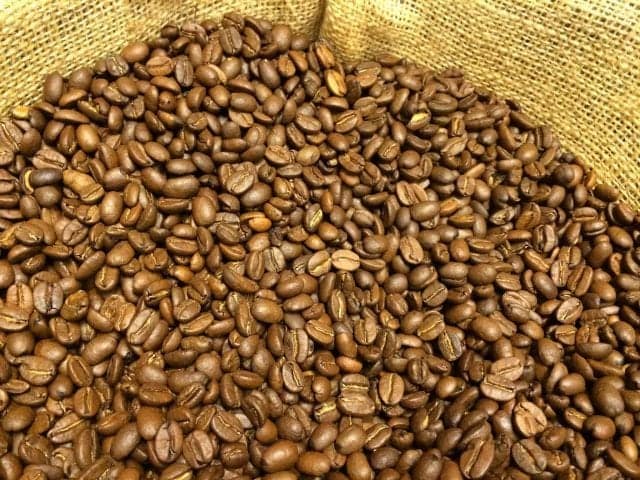
When picking out defects in raw beans, it is recommended to spread the beans on a dull black tray. For example, the color of fermented beans or unripe beans will be slightly yellow, and it is easier to identify them with dark trays. As for the manual sorting of baked beans, in order to easily see the difference in baking color, the cooked beans are also spread out on a tray covered with brown cotton cloth to make the sorting work easier.
After spreading out the coffee beans, you can start picking out defective beans, but a disorganized operation will only waste more time. The trick to making manual sorting more efficient is to first determine the priority of the work and think about which kind of defective beans to start with. First, the order of the check is "Color → glossy → shape". After getting rid of the foreign bodies and black beans that are obviously different from raw beans, there are dead beans, fermented beans and unripe beans without "luster", and finally defective beans such as shell beans and worm-eaten beans with strange shapes.
With regard to the proportion of defective beans sorted by hand, about 1530% of the raw beans treated by washing and 40% of the sun-dried beans. Of course, it is ideal to buy raw beans with few defects in the first place; however, defects are inevitable, so it is necessary to estimate in advance the amount that will be reduced after deducting defective beans in order to calculate the necessary purchases. Because of a defective bean, it is a great pity to destroy the coffee that takes a lot of time and energy to brew; in order to avoid regret, it is safer to pick it out decisively if it is difficult to judge whether it is normal or defective.
Common impurities in coffee beans:
1. Stone
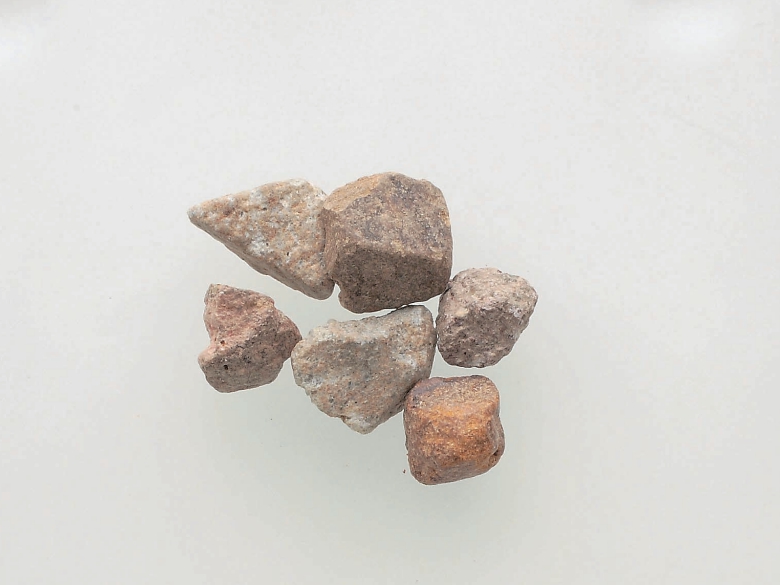
Coffee beans dried naturally in the sun are likely to be mixed with pebbles, gravel, wood chips and other foreign bodies. Occasionally a piece of glass or coins will be found.
2. Cereals
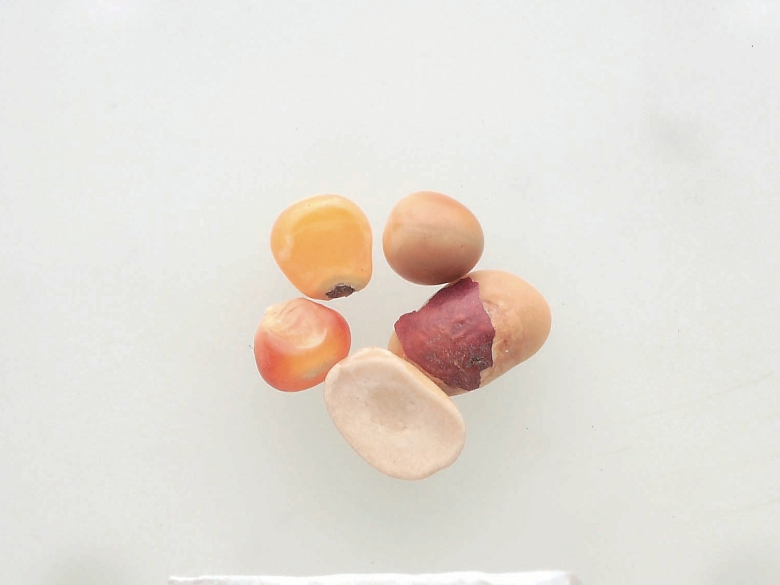
Like stones, coffee beans that are naturally dried in the sun may be mixed with cereals or seeds such as corn, and pepper grains have been seen.
Common defective bean patterns:
1. Shell beans, broken beans
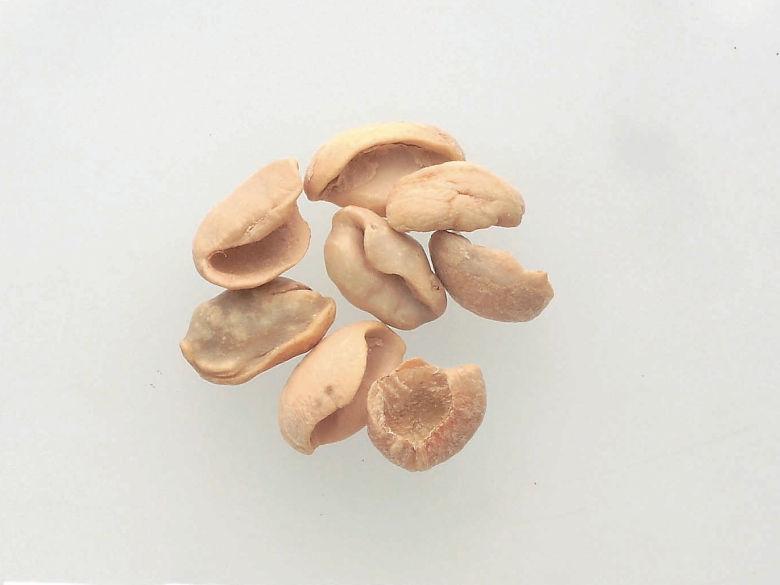
Beans that become shell-shaped because of developmental problems are called "shell beans"; beans that are damaged during treatment or transportation are called "broken beans", both of which can cause uneven baking.
2. Fermented beans
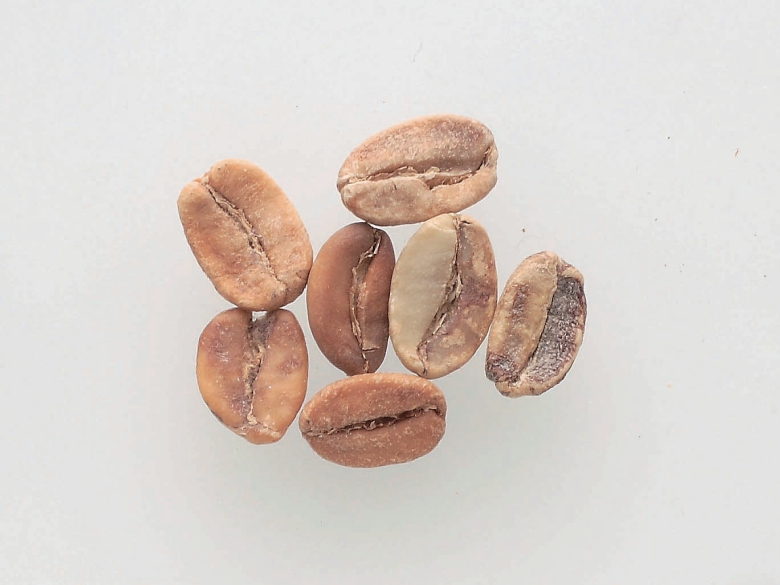
When treated by water washing method, polluting fermented beans are produced in the fermentation tank. Delayed processing or improper preservation can also occur after harvest, and beans will smell funny when baked.
3. Moth-eaten beans
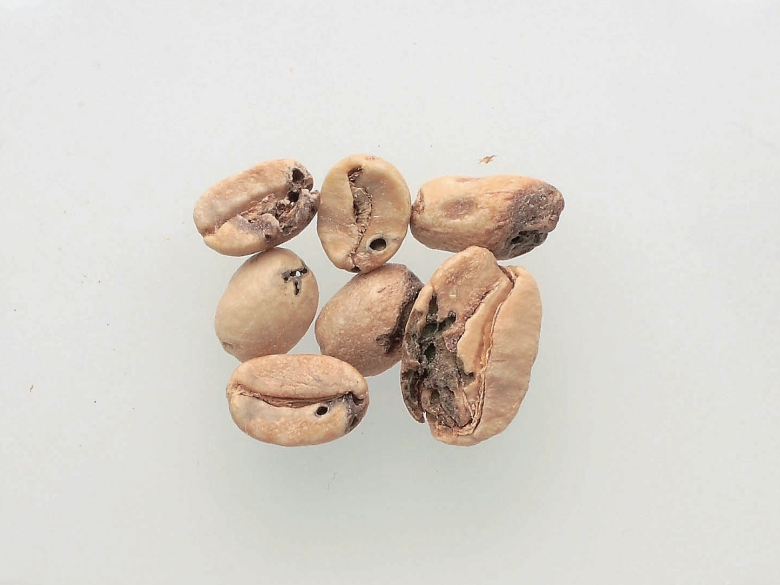
Because pests such as coffee bark beetles lay eggs on coffee trees, and the hatched larvae eat coffee fruits to form cavities, which is the reason for the turbid or strange taste of coffee.
4. Moldy beans
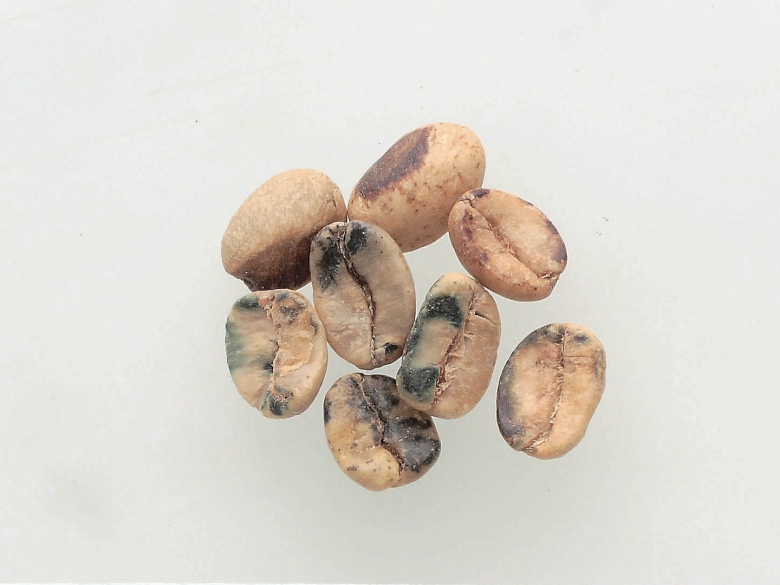
Beans that are moldy due to incomplete drying, transportation or improper preservation will remain moldy even after baking.
5. Unripe beans
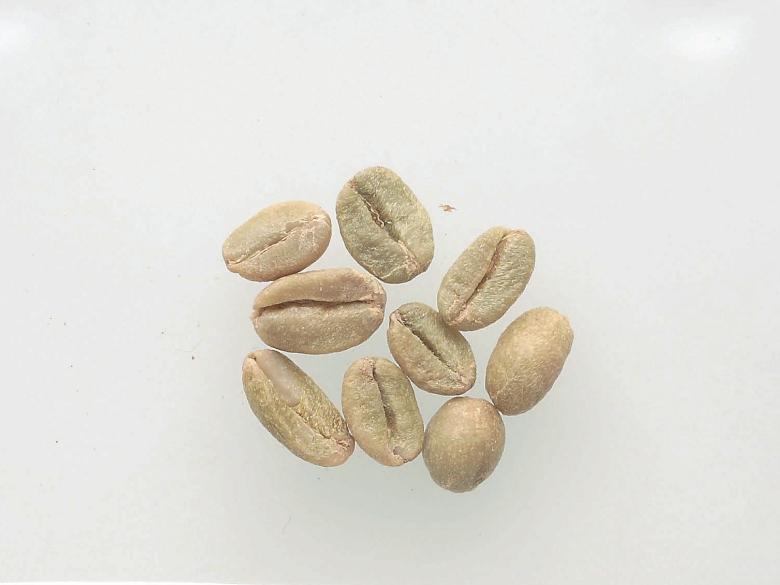
Beans harvested before the coffee fruit is ripe. Coffee mixed with unripe beans will have a strong fishy smell, giving off a disgusting, smelly smell.
6. Black beans
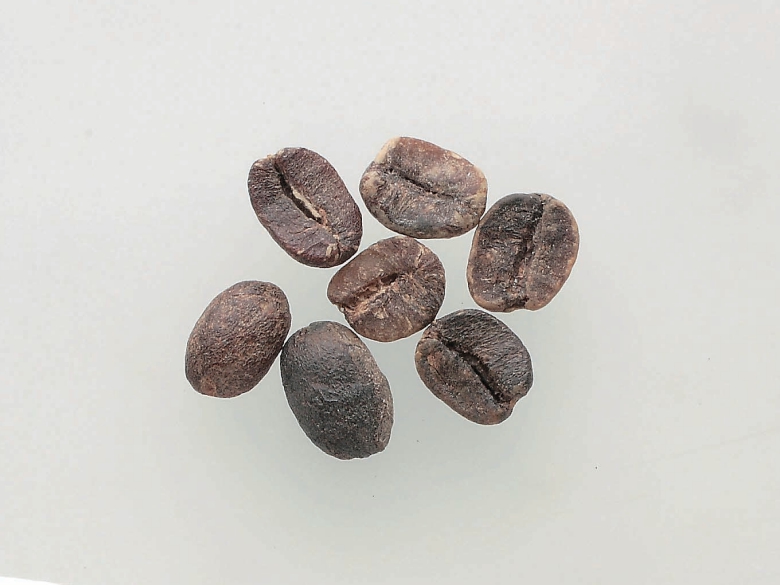
Beans that fall black before harvest, or beans that are completely fermented and damaged. It is the source of the foul smell and rotten smell of coffee.
7. Dead beans
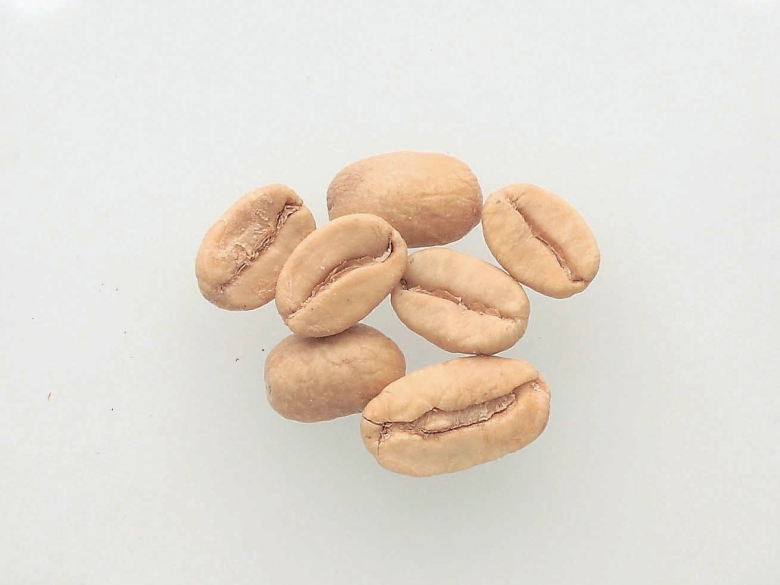
Beans that fail to bear fruit normally will lead to weak flavor and strange taste of coffee. The color after baking is also not good, so it is easier to distinguish after baking.
8. Smelly beans
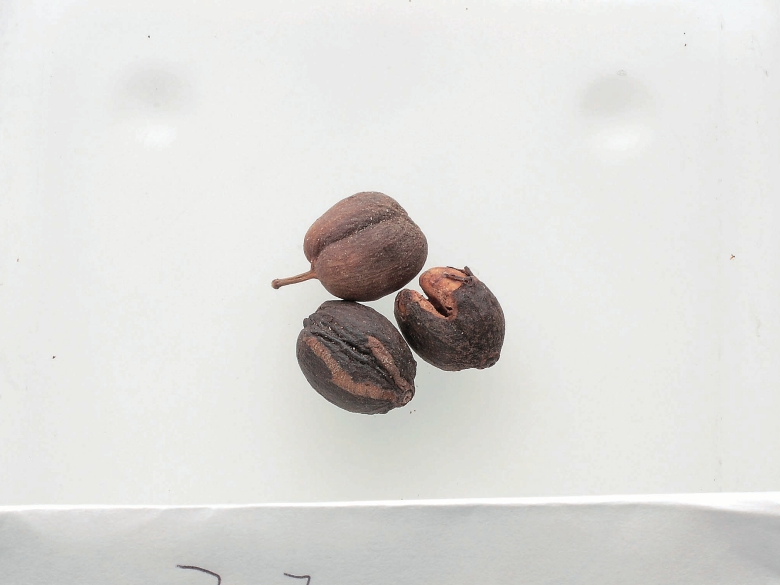
The beans are dried when the pulp is attached, or the pulp is removed from the beans. Stinky beans give off the smell of iodine or soil.
9. Sheepskin membrane beans
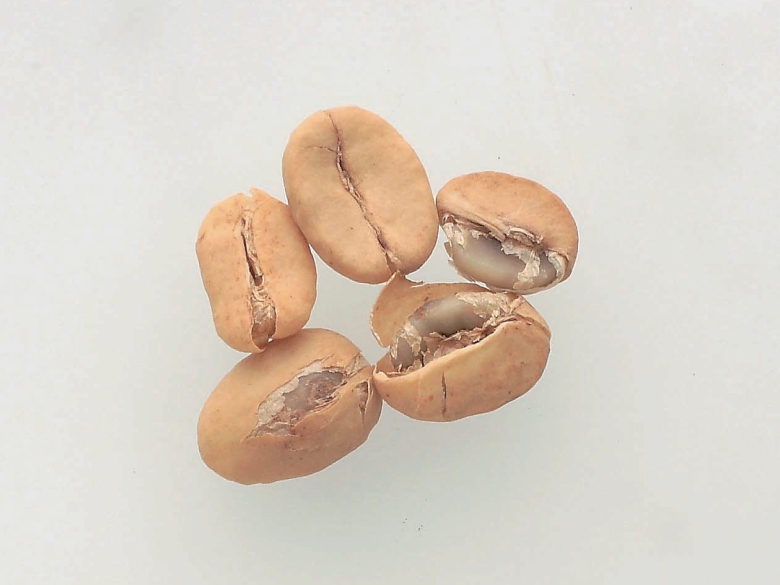
Due to incomplete shelling and other reasons, the beans with residual endocarp are the reasons for the astringent or miscellaneous taste of coffee.
Raw beans can be identified by black trays that do not reflect light.
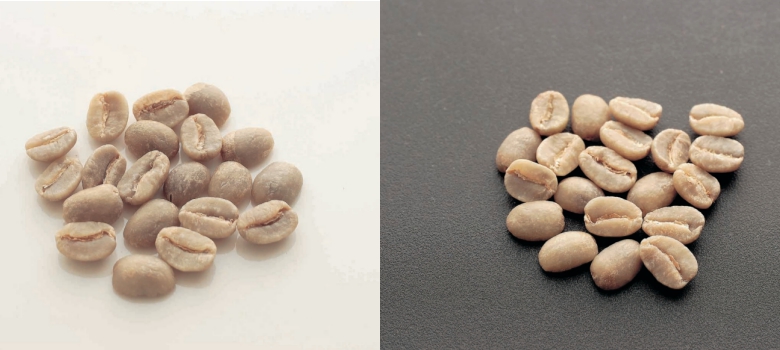
If the color of the tray is different, the visual effect of judging the color of raw beans by the naked eye will also change. Compared with the white tray on the right, the black tray on the left can be seen more clearly. But black trays that reflect light are not appropriate.
Where did all the defective beans go?
According to the statistics of the International Coffee Association, the proportion of defective beans is as high as 1/4. Just imagine where to go with hundreds of tons of defective beans every year. Like most agricultural products, defective beans are like "by-products". It would be a pity to throw them all away.
Therefore, the raw bean processing plant will classify the defective beans as "defective beans that do not affect the flavor". After baking, grinding, extraction and drying, after confirming that they meet the food safety index, the instant coffee powder-- a water-soluble dry product extracted with water. The "instant coffee powder" in three-in-one coffee bags is usually imported directly from coffee producing countries: Brazil, Vietnam, Indonesia, India, etc., or port trading countries Malaysia, South Korean processors.
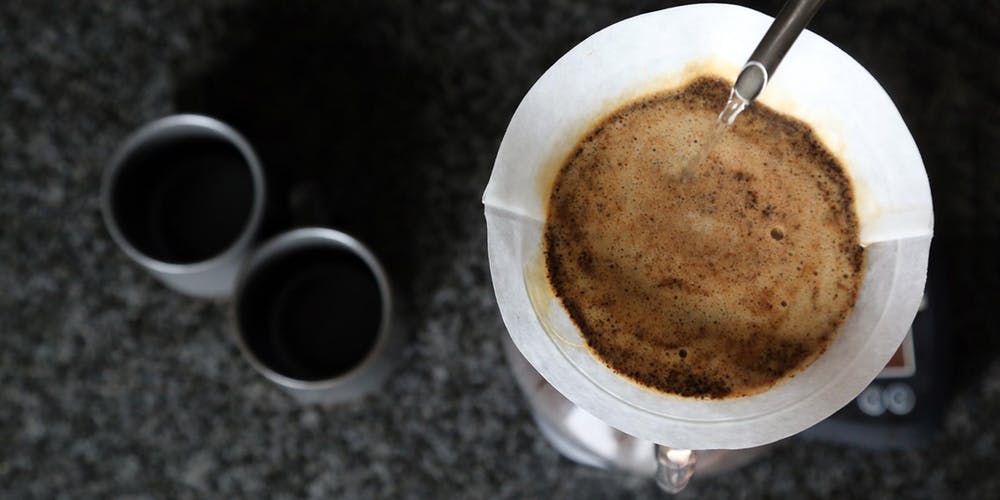
The common canned coffee belongs to blended coffee drinks with ingredients of "ground coffee powder". This kind of coffee comes from imported raw beans, then roasted and ground, and then extracted and filtered to add coffee products. according to law, it can also be marked as "coffee extract". What is interesting is that canned coffee, regardless of its different flavors, is controlled by the flavor index of the food factory. So even though raw beans come from all over the world, they will eventually make coffee with a standardized taste.
Each kind of coffee beans has its own market, so that our diet life is convenient and diversified, and we can have a cup of coffee at any time.
Part of the reference: "details of the perfect Coffee"
END
Important Notice :
前街咖啡 FrontStreet Coffee has moved to new addredd:
FrontStreet Coffee Address: 315,Donghua East Road,GuangZhou
Tel:020 38364473
- Prev
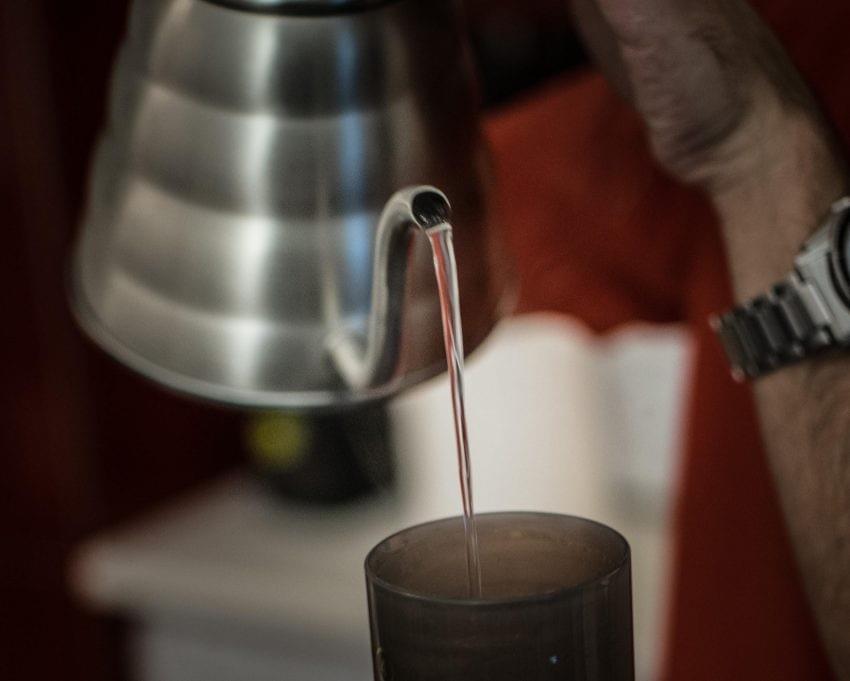
What is the most suitable water for coffee? Does hand coffee use the same water as espresso?
Professional coffee knowledge exchange more coffee bean information Please follow the coffee workshop (official Wechat account cafe_style) in the morning, I looked at the leaking coffee slowly into the pot and counted the cup of coffee in front of me as the amount of water I drank every day. After all, a cup of coffee is nearly 98% water. At the same time, this means that brewing water has a great impact on the flavor and quality of coffee, if you are eager to make it delicious.
- Next

What is the purpose of steaming hand-made coffee? what will happen in the process of steaming?
Professional coffee knowledge exchange more coffee bean information Please pay attention to the coffee workshop (Wechat official account cafe_style) the correct method of steaming coffee steaming in the English instructions for use is often expressed as Bloom, refers to the preparation action of wetting a small amount of hot water evenly on the surface of coffee powder during hand brewing before formal injection. There are two purposes of steaming: first, to release
Related
- Beginners will see the "Coffee pull flower" guide!
- What is the difference between ice blog purified milk and ordinary milk coffee?
- Why is the Philippines the largest producer of crops in Liberia?
- For coffee extraction, should the fine powder be retained?
- How does extracted espresso fill pressed powder? How much strength does it take to press the powder?
- How to make jasmine cold extract coffee? Is the jasmine + latte good?
- Will this little toy really make the coffee taste better? How does Lily Drip affect coffee extraction?
- Will the action of slapping the filter cup also affect coffee extraction?
- What's the difference between powder-to-water ratio and powder-to-liquid ratio?
- What is the Ethiopian local species? What does it have to do with Heirloom native species?

